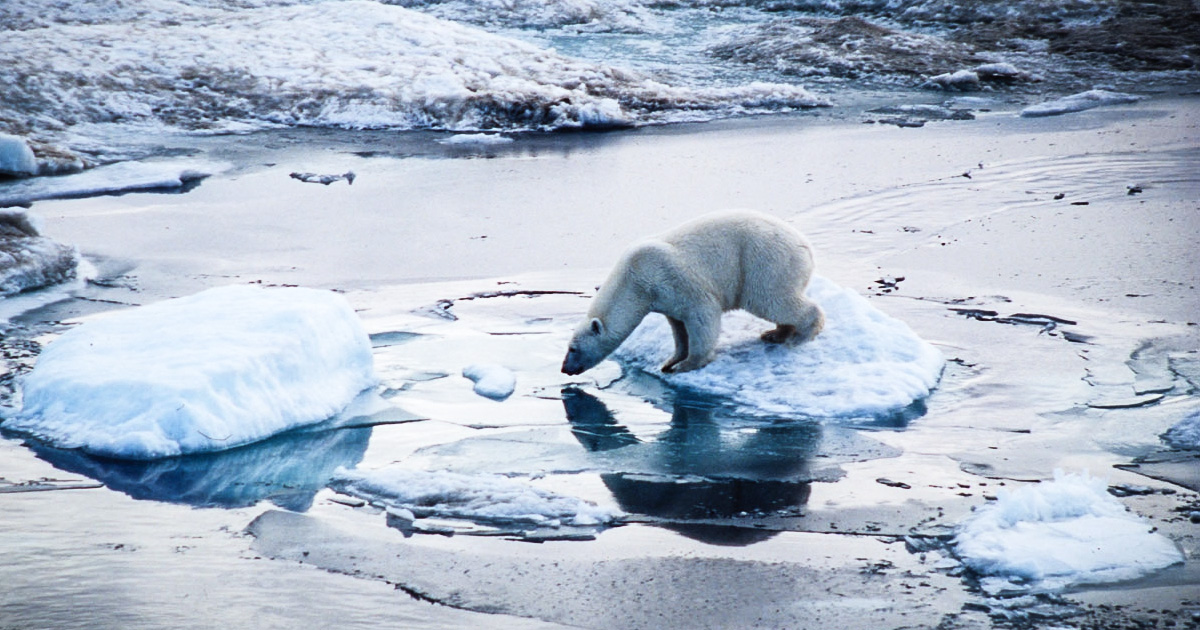The nuclear power plant disaster in Fukushima, Japan two years ago has lasting implications for the entire world. Recent radiation readings around the water storage tanks at Fukushima have spiked to their highest levels and researchers are concerned about the radioactive elements of cesium and strontium. In America, support for building more nuclear power plants dropped from 61 percent supporting in 2008 to 42 percent after witnessing the dangers of Fukushima.
Researchers are concerned about the radioactive element cesium, 137 and 134, but recently, they also found strontium-90, an element that is much more dangerous, at levels 30 times greater than cesium, according to Arjun Makhijani, an engineer specializing in nuclear fusion at the Institute for Energy and Environmental Research.
Last month, Makhijani told PBS that the groundwater in Fukushima is very contaminated. “To give you an idea of the level of contamination,” he said, “if somebody drank that water for a year, they would almost certainly get cancer.”
The other severe issue is the 70 to 80,000 gallons of contaminated water flowing into the ocean every day. When the contamination enters the ocean, some will disperse and dilute, but some will be bioaccumulated, or taken in, by marine life. Strontium-90 bioaccumulates in algae and fish, and targets bone.
According to Makhijani, there has been some confusion about radiation levels around the tanks, which poses a huge threat to workers. The first measurement taken, he says, was done with an instrument that only measured up to a hundred millisieverts (radiation-measuring units) and the instrument maxed out. Recently reports have shown that the levels of radiation near one tank are 1,800 millisieverts an hour, an “extremely high level of radiation.”
The plant’s operator, Tokyo Electric Power Company (TEPCO), has been finding more contaminated spots and more leaks, Makhijani says. “I’m not quite clear what the company knows [or] when [they know it]. But the information is kind of dribbling out. And the government is clearly concerned that the situation is getting more out of control,” he told PBS.
Much like the BP oil spill and subsequent months-long attempt to plug the leaking Macondo well in the Gulf of Mexico, Japan’s efforts to stop the leaking radioactive contamination seem to be an “ongoing experiment.”
This week, a government spokesman for Japan said that an estimated 47 billion yen, or $473 million, would be allocated to build an ice wall intended to stop the contaminated water flowing into the ocean. The “wall” is more of a “network of [ice] coils” that will theoretically transport liquid nitrogen to freeze the ground, creating an “impenetrable wall,” Bill Horak, chair of nuclear science and technology at Brookhaven National Laboratory told ABC News.
In the United States, the Fukushima disaster has sparked little response from policy makers, although responses from many countries around the world have come out strongly against nuclear energy. China suspended approvals for new nuclear reactors pending a safety review, resulting in a drop in the country’s goal to install 86 gigawatts of nuclear capacity by 2020, the New York Times reports. Italy refused new nuclear reactors for the second time since Chernobyl.
Lawmakers in Germany, who decided to phase out nuclear power after Chernobyl, decided to accelerate their phaseout after Fukushima, vowing to shut down all their nuclear reactors by 2022. France gets 75 percent of its power from nuclear energy, yet a poll by the Institut Français d’Opinion Publique published in May 2011 found that 77 percent of citizens favored some form of nuclear phaseout.
US Energy Secretary Ernest Moniz, who took office this year, is a proponent of nuclear energy, as well as hydraulic fracturing. After Fukushima, Moniz issued a report, “Why We Still Need Nuclear Power.” In it Moniz says that allowing the Fukushima disaster to cause governments to “abandon nuclear power and its benefits” would be a mistake. In order to attain a low-carbon future, Moniz feels, nuclear power is necessary, as it is the largest source of carbon-free electricity in the US.
Even after Fukushima, the World Nuclear Association has predicted a 30 percent increase in global nuclear generating capacity over the next ten years, “79 percent more reactors online by 2020… and a 66 percent increase by 2030, with capacity additions in China, India, South Korea and Russia outnumbering projected declines in Germany, France, the United Kingdom and the United States,” the Times reports.
Alisha is a writer and researcher with Ring of Fire. Follow her on Twitter @childoftheearth.

